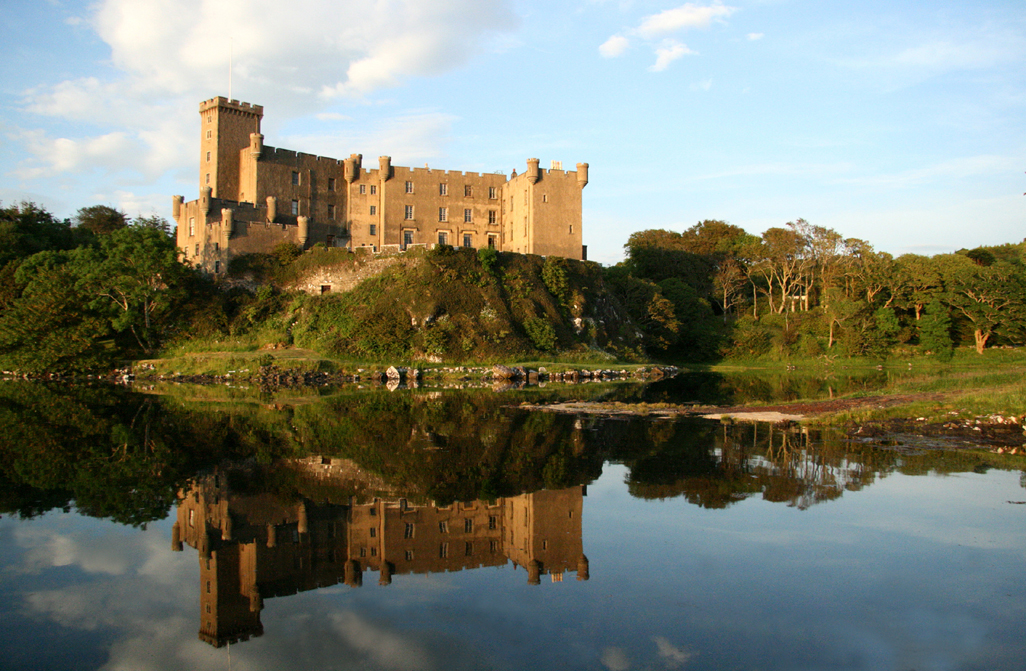There is no charge to access and download the documents in this section.
Introduction and Thanks
Welcome to the on-line piobaireachd manuscripts collection being hosted by McGillivray Piping Partnerships and Ceol Sean CD’s. My thanks go out to Dr. William Donaldson and to Steve Scaife of Ceol Sean Bagpipe Music Books on CD for their help in securing and preparing these manuscripts. Thanks also to the Piobaireachd Society for cross-linking with us to allow easier access to all of the manuscripts. Web hosting of these manuscripts has been made possible due to the efforts of Dr. William Donaldson who coordinated the effort and who offers the following statement:
“Without the support of many institutions and individuals the posting of these old piping manuscripts to the net would not have been possible. Particular thanks are due to the National Library of Scotland who gave permission for manuscripts belonging to them to be included, the Carnegie Trust who funded initial copying of the scores, the Open University in Scotland for contributing to research costs, and to Jim McGillivrayand Steve Scaife who generously committed much time and bandwidth to the project.”
Dr. William Donaldson
Aberdeen,
Scotland,
December 2007
What are the Piobaireachd Manuscripts?

Although “Piobaireachd” simply means “piping” in Scottish Gaelic, it developed as a style of piping soon after the people of the Scottish Highlands adopted the bagpipe—about six hundred years ago—and began to develop both the instrument and its music to their tastes. The result was the creation of the Great Highland Bagpipe and the piobaireachd genre of music, characterized by a complex structure of theme (ground) and variation, often played with a slower tempo and used to express joy, sadness, warnings or calls to arms. Piobaireachd is often used synonymously with the phrase ceòl mor, to mean the “big music”—roughly analogous to the structure of a symphony—and contrasted with the ceòl beag or the so-called “little music” comprised of more popular forms such as jigs, reels, marches and strathspeys. The piobaireachd is a completely unique form and exists nowhere else in the world.
As with most types of music, the piobaireachd tradition was originally passed on only orally—nothing was written down. But the often minute and subtle variations in tempo and note variation of piobaireachd were difficult to apprehend and memorize by simply listening to the instrument. As an aid to memorization, the tradition of “Canntaireachd” (“chant”) developed, whereby the music could be taught by sounding out a unique combination of definite vocal syllables. Generally—but certainly not always—vowels would represent the notes, while consonants represented the grace notes.
Canntaireachd was first written down at the end of the 18th century in the Campbell Canntaireachd by Colin Cambell of Nether Lorn and—although almost immediately superseded by a form of staff notation adapted specifically for the pipes–still remains the most commonly used vocable system. Of course, there were other systems of writing down the “Canntaireachd”, most notably that of Angus MacKay, who used staff-notated scores, but which is often considered to have been over-simplified—standardizing time signatures and removing ornamental complexities when compared with the Campbell Canntaireachd. Furthermore, as befalls all written music, there are difficulties with timing and tempo, as a written score always fails to communicate the accurate pacing of any piece. Nevertheless, canntaireachd singing—usually with the help of a tutor– remains the preferred means for many pipers to learn to convey the musicality and pacing of pibroch performance when teaching or rehearsing a tune.
Organization of the Manuscripts
The pipetunes collection of piobaireachd consists of four groups of manuscripts: Angus MacKay’s manuscripts, David Glen’s manuscripts, the Nether Lorn manuscripts, and Peter Reid’s manuscripts. Each group of manuscripts is presented on its own and consists of an introduction and a list of the tunes each author notated. Clicking on a tune names takes you to the author’s hand-written sheet music or “setting” for that particular tune. When the setting appears, please be aware that many of the settings begin in the middle, or even near the bottom of the page. This is especially true with many of the David Glen and Nether Lorn settings. Just scroll down the page a bit, and you will see the beginning of the setting.
An historical introduction–generously prepared by Dr. William Donaldson–is provided for each group of manuscripts.
Links to the Manuscripts
You can use our navigational menu system to get to each manuscript, or simply click on the links below:
Conditions of Use
The manuscripts are available as presented for non-commercial playing and study uses only, including downloading and printing. Written permission for any other uses (including reproduction, publication, adaptation, manipulation of images, rental and leasing) must be obtained form the Manuscripts Collections Division of the National Library of Scotland.
